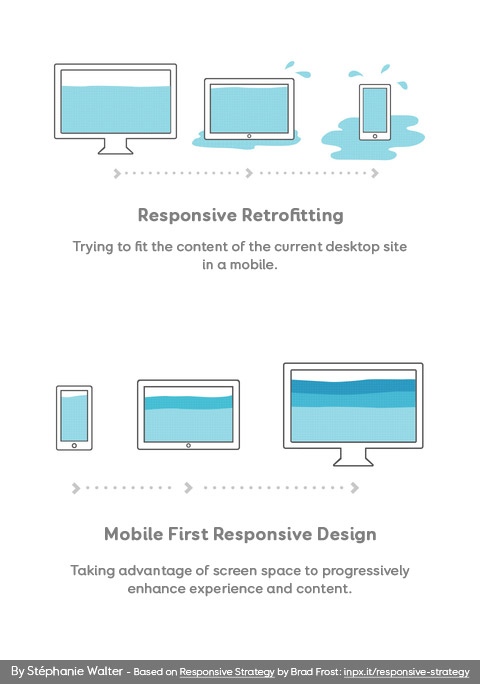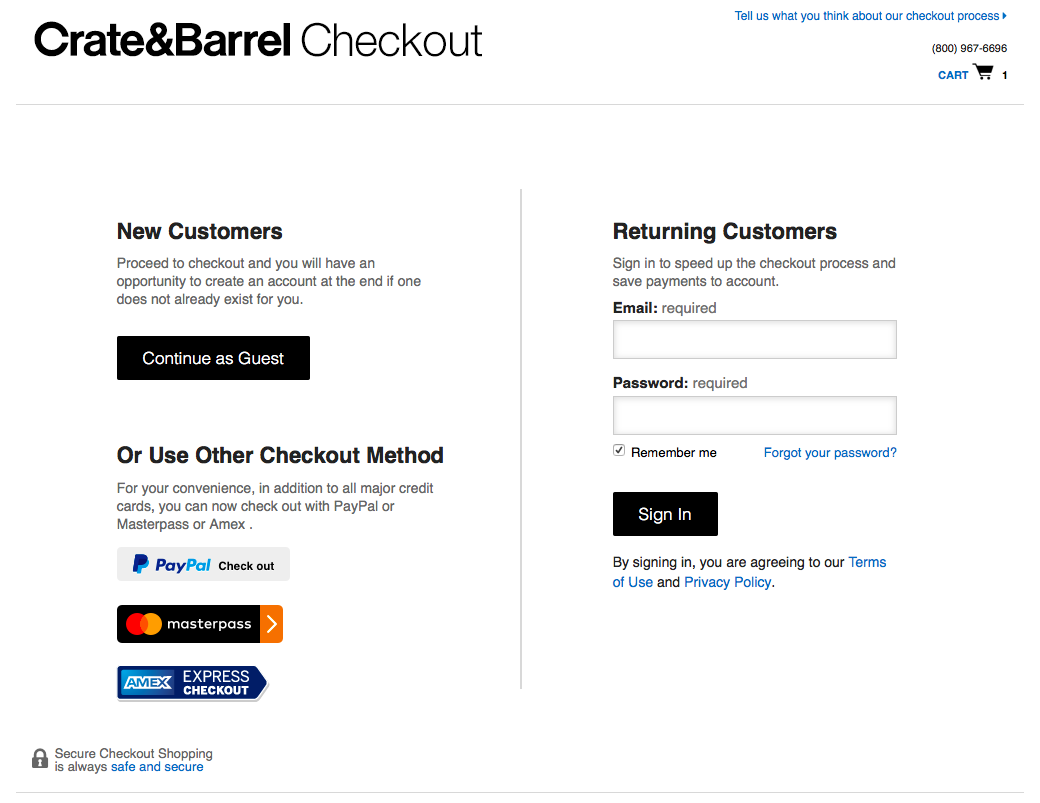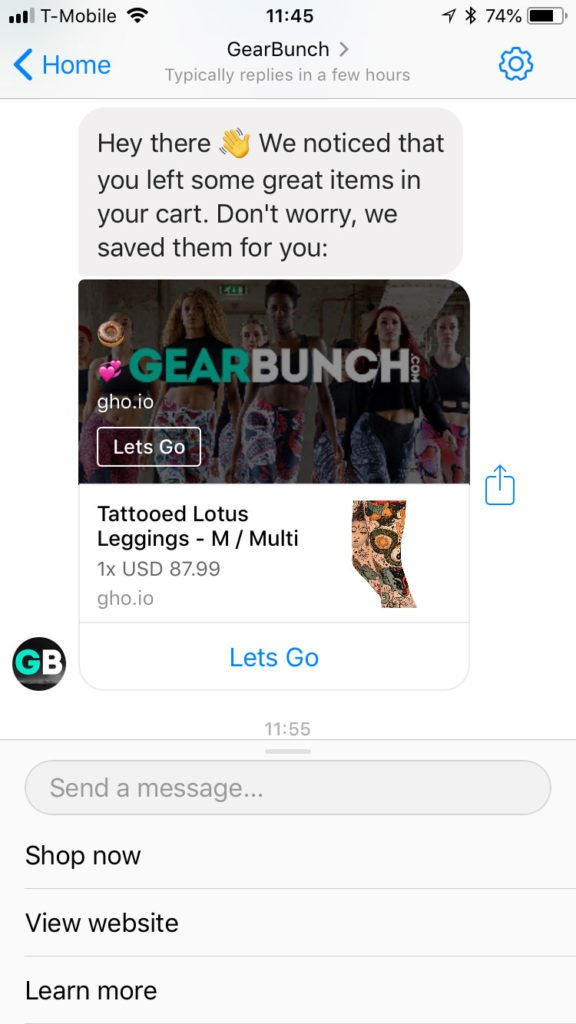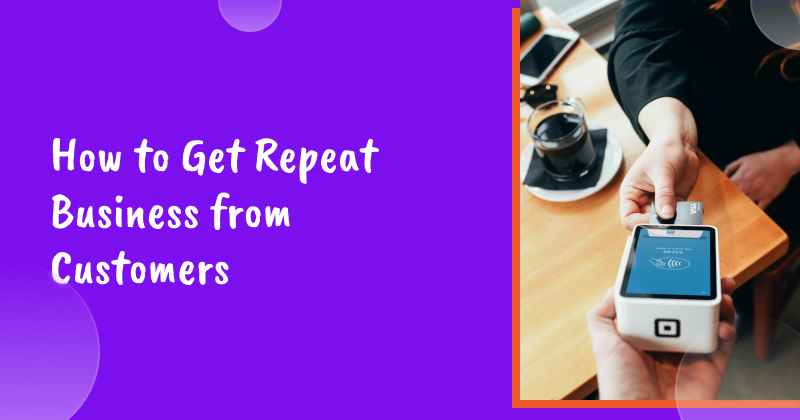Looking to make waves in the ecommerce sector? That’s a great idea. The ecommerce sector is booming, with stats showing that 95% of all purchases will be made online by 2040.
And while 2040 is a long way off, there’s no better time to make a start than now.
However, there’s work to be done and competition to be fought in order to keep your customers. The good news is that we’re here to make your life a bit easier as you make a start.
In this article, we’ll take a look at how you can make sure your customers keep coming back.
Let’s dive in!
What is repeat business?
Repeat business refers to customers returning to purchase products or services from a business multiple times.
It’s like when you find your favorite coffee shop and keep going back for your morning pick-me-up or when you rely on a particular brand of sneakers because you know they fit just right.
This kind of customer loyalty is what every business dreams of because it means steady revenue and a strong customer base.
When customers come back for more, it’s a sign that they trust your brand. They’ve had a positive experience with your products or services, and they believe in what you offer.
Why is it important to get more repeat customers?
Securing repeat customers isn’t just a nice bonus—it’s essential for the long-term success of your business. Here’s why:
- Boost sales: Repeat customers bring in consistent sales, providing a reliable source of income for your business. You’re not constantly chasing new customers; instead, you have loyal customers who keep coming back for more.
- Cost savings: It’s typically more expensive to acquire new customers than to retain existing ones. By focusing on repeat business, you can save money on marketing and sales efforts, as you’re nurturing relationships with existing customers who already know and trust your brand.
- Word-of-mouth marketing: Happy repeat customers are your best advocates. They’re more likely to recommend your business to friends and family, helping you attract new customers through positive word-of-mouth referrals.
- Increased customer lifetime value: Repeat customers tend to spend more over time. As they become familiar with your products or services, they’re likely to make larger purchases and explore additional offerings, increasing their lifetime value to your business.
- Feedback and insights: Building relationships with repeat customers allows you to gather valuable customer feedback and insights. You can learn what they love about your products or services, as well as areas where you can improve, helping you refine your offerings and better meet customer needs.
9 tips to drive repeat purchases
Now that you understand what repeat business is and why it matters, we can move on to our proven strategies that will help you encourage repeat customers.
1. Start customer loyalty programs
Launching an effective loyalty program is one of the smartest moves you can make to encourage repeat business.
It’s like rolling out the red carpet for your most valued customers, showing them just how much you appreciate their continued support.
Here’s how to get started:
- Reward loyalty: Offer incentives, discounts, or exclusive perks to customers who make repeat purchases. Whether it’s a punch card for a free coffee after ten visits or a VIP membership with access to special events, make sure your rewards are enticing enough to keep customers coming back for more.
- Keep it simple: Your loyalty program should be easy to understand and participate in. Avoid complicated point systems or confusing terms and conditions. Keep things straightforward so customers can start reaping the benefits right away.
- Promote your program: Spread the word about your customer loyalty program through various channels, including your website, social media, and email newsletters. Make sure customers know how they can sign up and start earning rewards.
- Personalize the experience: Tailor your loyalty program to fit the needs and preferences of your target audience. Use customer data to offer personalized rewards and recommendations that make each interaction feel special and relevant.
- Listen to feedback: Regularly solicit customer feedback from participants in your loyalty program to understand what’s working well and where there’s room for improvement. Use this insight to refine your program and ensure it continues to drive repeat business.
2. Adopt a mobile-first approach for your store
58.9% of commerce sales came from mobile in 2017, and that number is keep rising. For this reason, it’s really important that your website is optimized for both desktop and mobile.
Here’s a great resource that will help you optimize your online store for mobile devices. Essentially, you’ll need to make a number of tweaks that will enhance the mobile user experience.
For example, you need to use less high-res images (to improve site speed), your fonts and buttons need to be larger, and you should make your content smaller and more concise for mobile audiences.
It’s really important that you take care of the mobile experience – and this includes using a responsive framework – because 52% of your customers are less likely to re-engage after a bad mobile experience.
Remember, mobile-first and responsive design are not the same. The mobile-first approach ensures that mobile is at the heart of the design strategy. It takes advantage of all of the available screen space of a user’s device – ensuring it provides the best mobile user experience.
Responsive websites are used primarily by companies who assume the majority of their users are using desktop computers. A responsive website will also ensure that mobile users can quickly easily find the information that they are looking for.

3. Use customer accounts
Customer accounts can be a great way to retain customers. And because it’s cheaper (and arguably easier) to retain customers than it is to keep generating new leads, this is a tactic you should look to implement as soon as possible.
A customer account makes it super easy for your customers to buy new things from you because it gives them instant access to their shipping information. It’s already been filled out. Plus, it means they receive tailored product recommendations based on past purchases.
That said, you’ve got to be careful with customer accounts. Lots of new customers might see them as too big a commitment too soon if you try to get them to sign up before they’ve even made their first purchase.
For this reason, it’s a good idea to offer them the opportunity to start an account after they’ve placed their first order. You can do this via email.
Or you can offer them the option to purchase their items via guest checkout.

4. Segment your customer base
When you segment your customer base, you’ve got smaller groups that you can market to with relevant content. Not just this, but segmentation provides better opportunities for up-selling and cross-selling.
If you don’t take this approach, you risk offering all your customers the exact same products and deals, and this simply won’t yield the results you want or need.
Segmentation, then, is good marketing and good customer service. Here are a few basic factors that you can base your initial segmentation principles on:
- Spending patterns
- Location
- Gender
- Socio-economic group
- Gender
You’ll then want to go deeper into your data to uncover trends and patterns between users to further segment your customer base.
For example, you might want to segment by activity. If you have a bunch of users who actively read your emails but don’t check your online store much, it’s a good idea to target them with promotional emails that draw them back to your store.
On the other hand, if you have a bunch of users who never even open your emails anymore but who still make purchases from you, promotional emails are of little use. To that end, you might want to send out “we miss you” emails.
You can go even deeper into your data and segment according to predictive segments. This is when you use past behavior to make forecasts on future behavior – and adjust your marketing campaigns accordingly.
5. Add a returns policy to your website
67% of consumers check your returns page before processing payment. Because that’s a super high number, it’s really important that you give them exactly what they want.
A returns page offers your customers a bit of peace of mind. Make sure you don’t launch your online store without one.
6. Real-time personalization using AI
One thing customers want more of in 2025 is a personalized experience. They also want you to “get to know them and understand when to approach them – and when not to.” Using Artificial Intelligence, you can create a highly personalized real-time experience that allows you to have 1:1 conversations.
These conversations give you the chance to learn more about your customers. The more you know about them, the more you can provide them with a better experience that caters to their specific needs. This includes more relevant product suggestions, as well as personalized messages that nudge the customer closer to a sale.

Not just this, but real-time personalization means that your customer service knows exactly who a customer is the next time they get in touch. This speeds up the process and boosts customer satisfaction. It’s little touches like that which can make the big differences.
The main beauty of this approach is that you’re showing each customer that they’re unique to you. By no longer following a blank approach to your customers, you’re increasing loyalty.
Here’s an excellent resource on 8 AI-driven apps that will help you get started.
7. Provide AR and VR experiences
Both augmented reality and virtual reality are going to be big deals throughout 2025, but how can ecommerce stores make the most out of them? And are they really essential?
They’re definitely essential. AR and VR experiences allow the user to get closer to your products from the comfort of their own home. They can test them and experience them firsthand, which increases the likelihood of a conversion.
By creating an immersive and interactive 360 degree world – like IKEA did – you’re going beyond mere product descriptions, photos and even videos.

This level of interaction help to build trust, it makes you look more professional by improving brand perception, and they’re also pretty damn addictive.
And thanks to this new software release from Apple, no one needs to wear headsets or devices anymore when viewing AR or VR content. Bingo.
Spend some time thinking about how you can leverage both pieces of technology to create a unique, immersive store experience for your customers. Also, consider who to partner with to get the most out of it.
8. Offer the right payment methods
Abandoned carts are a major bummer for online retailers everywhere. But look, they happen. They suck, but they happen.
The good news is that you can reduce the number of abandoned carts by examining the reasons why customers are abandoning them in the first place. And one of the prime reasons is payment security. If a customer can’t see their preferred payment option on your checkout page, they’ll probably bailout.
It’s a good idea to add all the popular payment methods to your store. These include the likes of Paypal, Stripe, and Square, as well as debit and credit cards.
It’s also good practice to add a POS card reader to your checkout page, too. This will further provide a seamless transaction, and it will also bridge the gap between your online and offline sales (very important in our current era of ROBO). Not just this, but the card reader allows you to collect data on each customer, which you can then use to provide a more personalized experience in the future (see above).
9. Utilize self-service technology
The great thing about artificial intelligence is that it’s ‘always on’. If you use it, it will mean that your brand is always on, too.
This suits your customers who are looking to utilize self-service technology. It’s pretty much the norm now, which means it has to be on your 2025 checklist. When you’re not available, tech is there to respond to customer queries with instant answers and move them along the purchase journey.
By mastering self-service technology – such as digital assistants and voice-based technologies – you can stay one step ahead of your rivals. You could even beat Amazon on this front, too.
However, don’t forget the human touch. If there’s a concern your customer has that a digital assistant just can’t answer satisfactorily, intervene and make it more personal. Either telephone them, email them – or send them a personal video.
FAQ
How can I encourage repeat business from my customers?
Encouraging repeat business requires building strong relationships, providing exceptional customer service, offering high-quality products or services, and implementing strategies like customer loyalty programs.
What are some effective ways to start loyalty programs?
To start a customer loyalty program, you can offer rewards, discounts, or exclusive perks to repeat customers, keep the program simple and easy to understand, promote it through various channels, personalize the experience, and listen to customer feedback to make improvements.
How do I measure the success of my efforts to get repeat business?
You can measure the success of your efforts by tracking metrics like customer retention rate, repeat purchase rate, customer lifetime value, and Net Promoter Score (NPS). These metrics can help you assess the effectiveness of your strategies and make data-driven decisions to optimize your approach.
What should I do if I notice a decline in repeat business?
If you notice a decline in repeat business, it’s essential to identify the root cause by analyzing customer feedback, examining market trends, and evaluating your products, services, and customer experience. Once you understand the reasons behind the decline, you can take corrective actions to address them and regain customer loyalty.
How can I improve customer satisfaction to increase repeat business?
Improving customer satisfaction involves delivering exceptional service, addressing customer concerns promptly and effectively, providing personalized experiences, and continuously seeking feedback to identify areas for improvement. By prioritizing customer satisfaction, you can enhance loyalty and encourage repeat business.
Wrapping up
Because online merchants can’t afford to make wrong moves in the crowded ecommerce sector, it’s important that you know exactly what you need to do in order to keep your customers.
Use this list, refer back to it, take action and keep monitoring your results. As the year goes on, keep checking for new trends so that you continue to stay one step ahead of the rest.
Share this
Written by

Michelle Deery
Michelle Deery is a professional freelance copywriter and editor for Heroic Search. She has been writing content online for over 7 years and is an eCommerce enthusiast. Her content has been published in Entrepreneur. You can find her on Twitter: @MichWriting.












